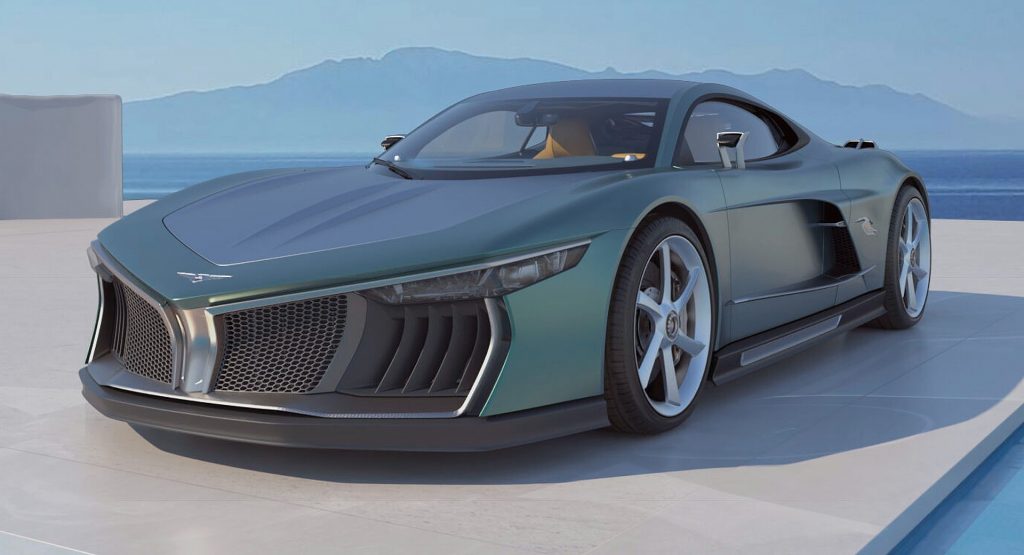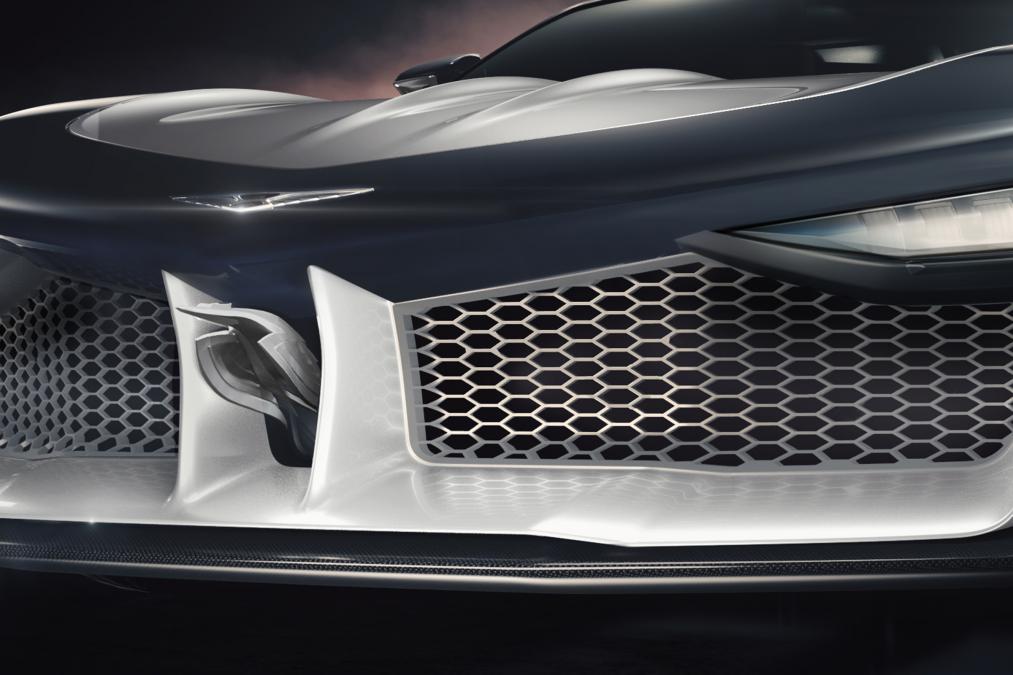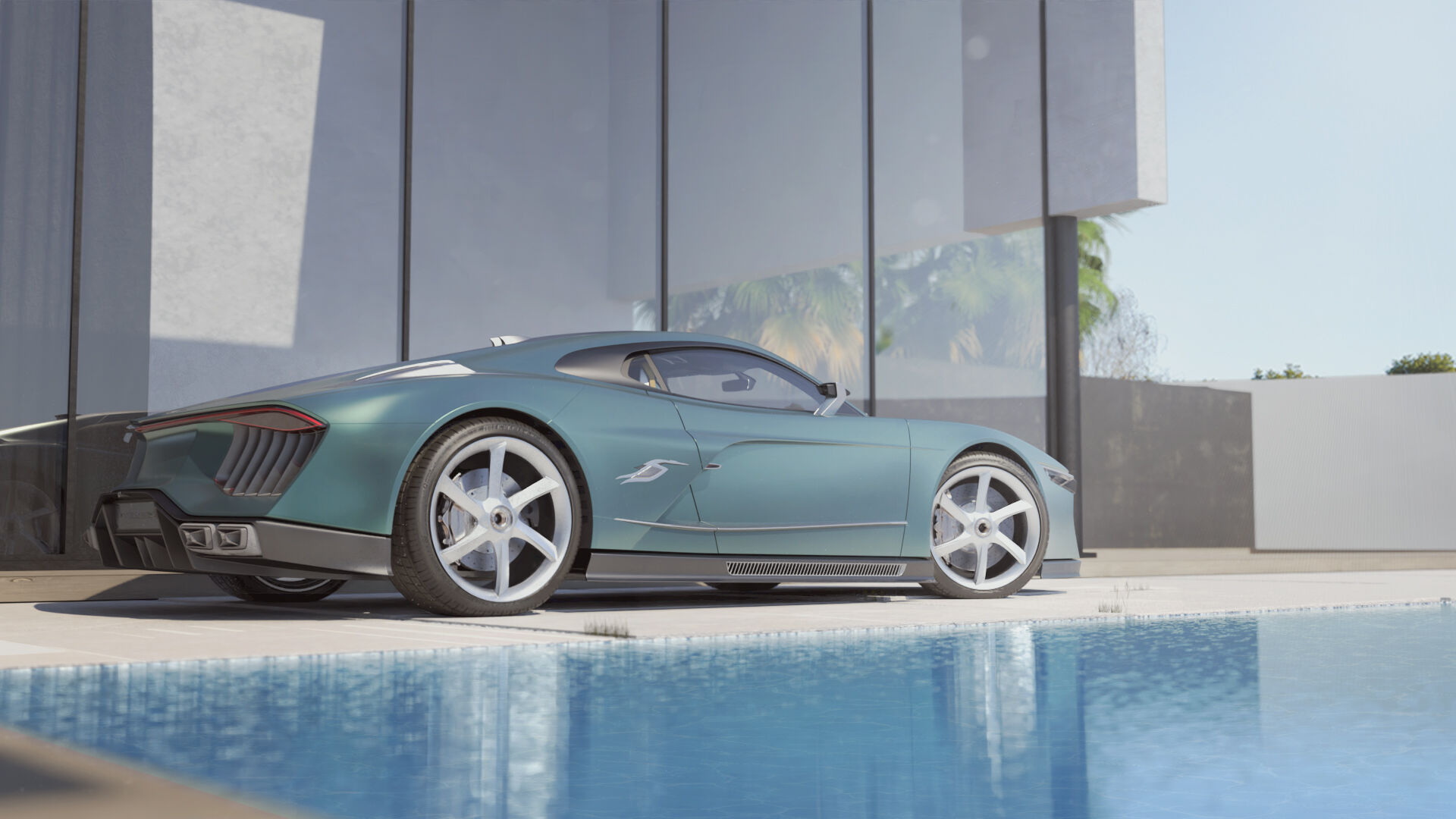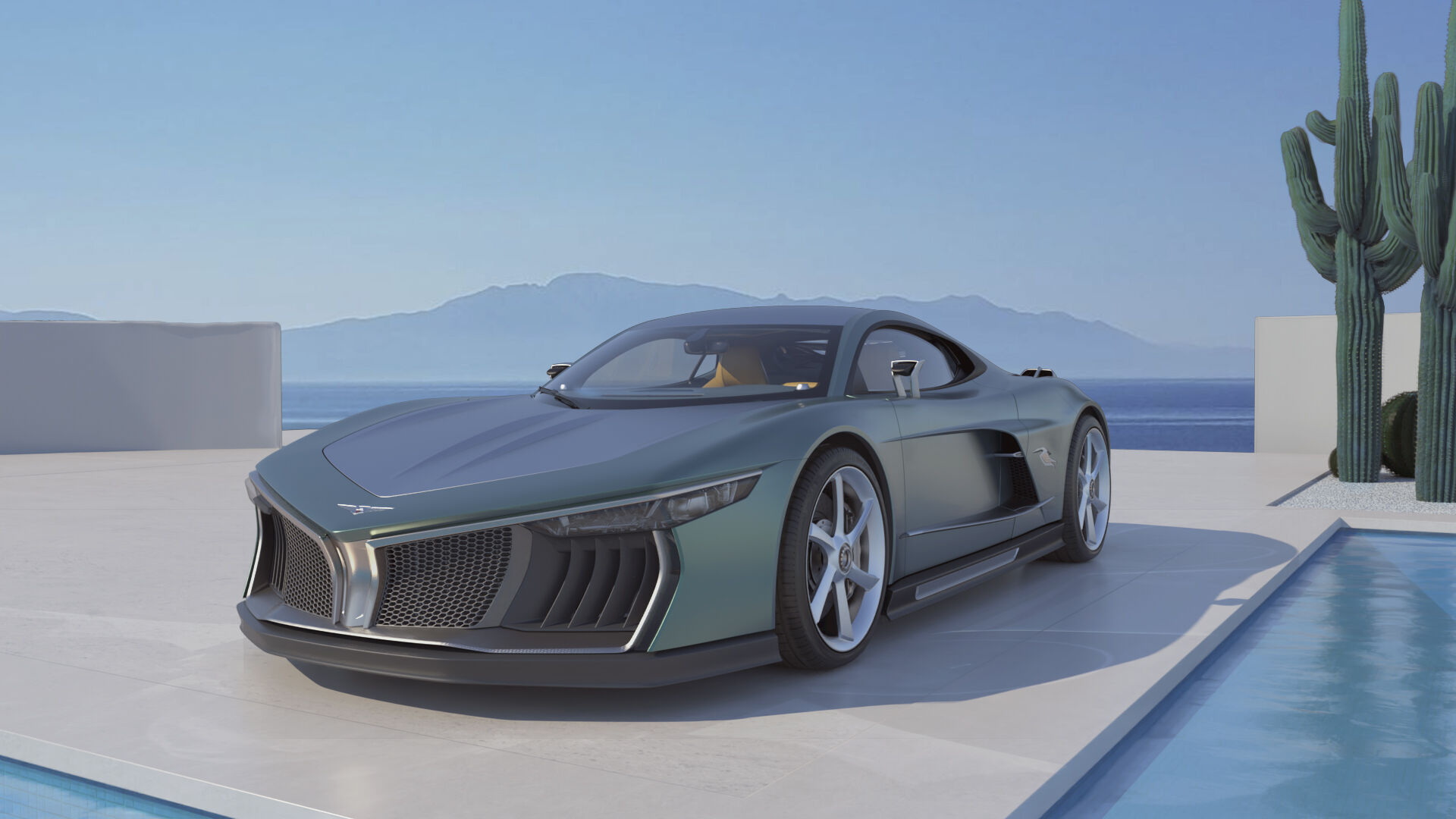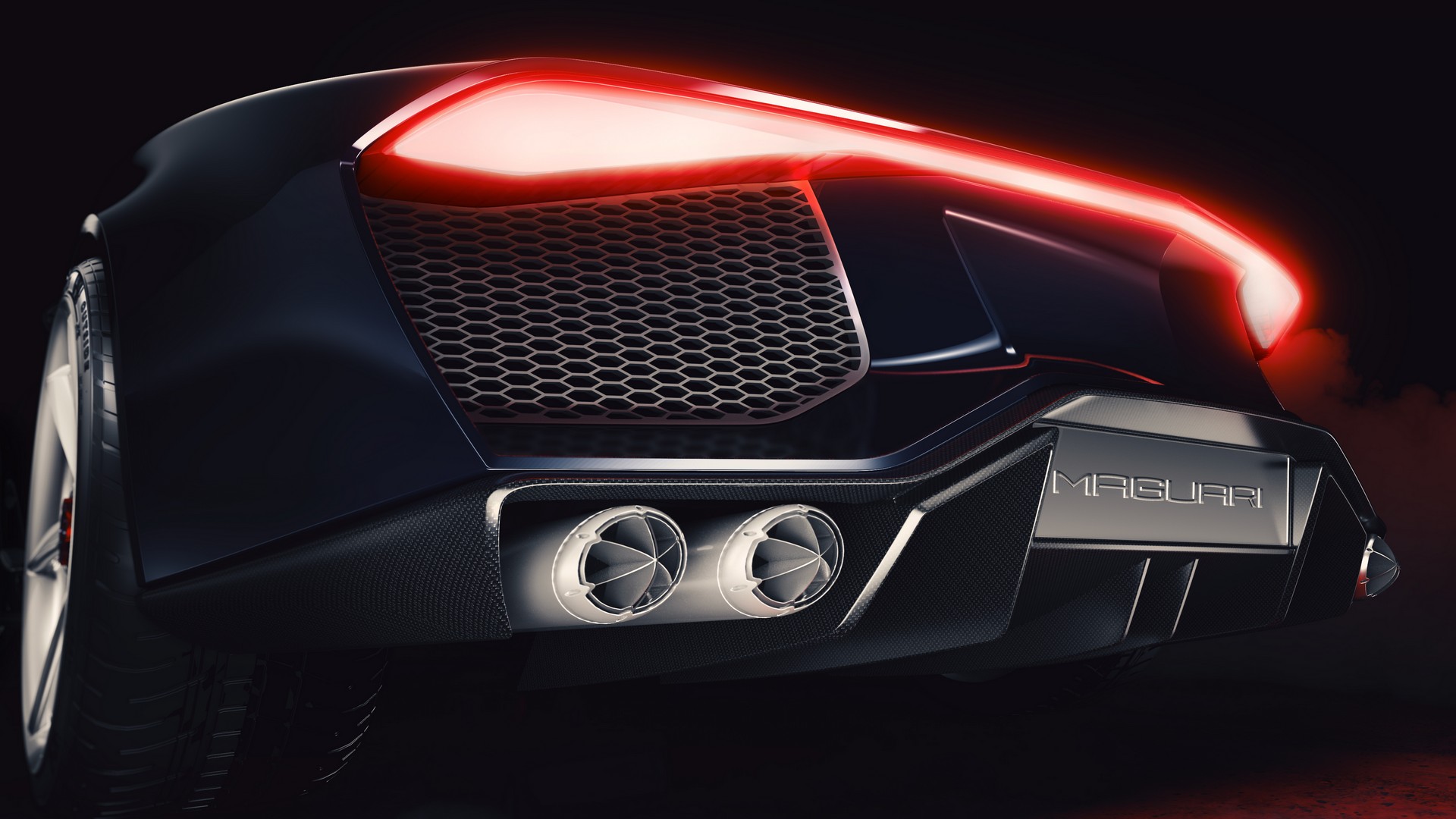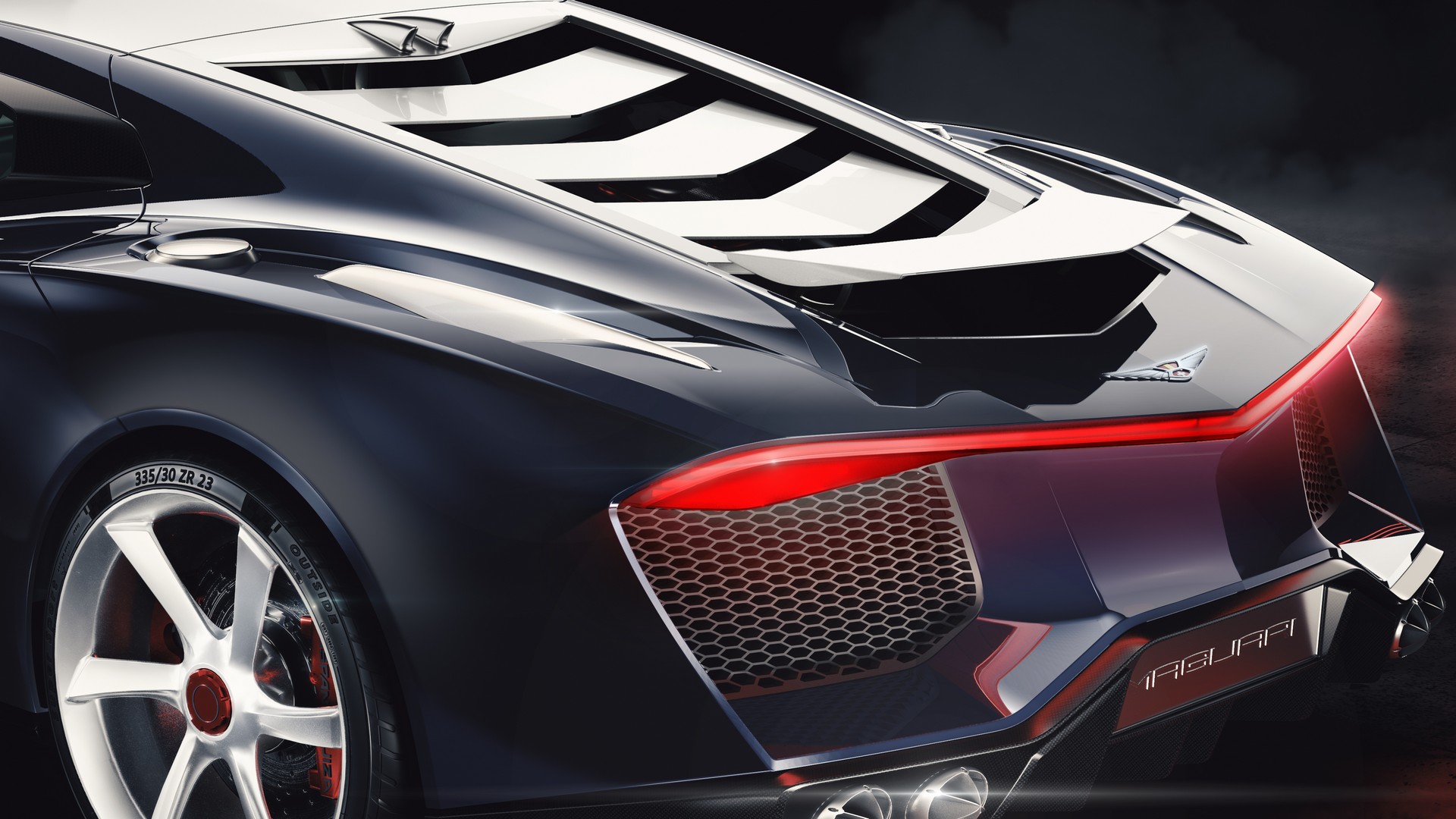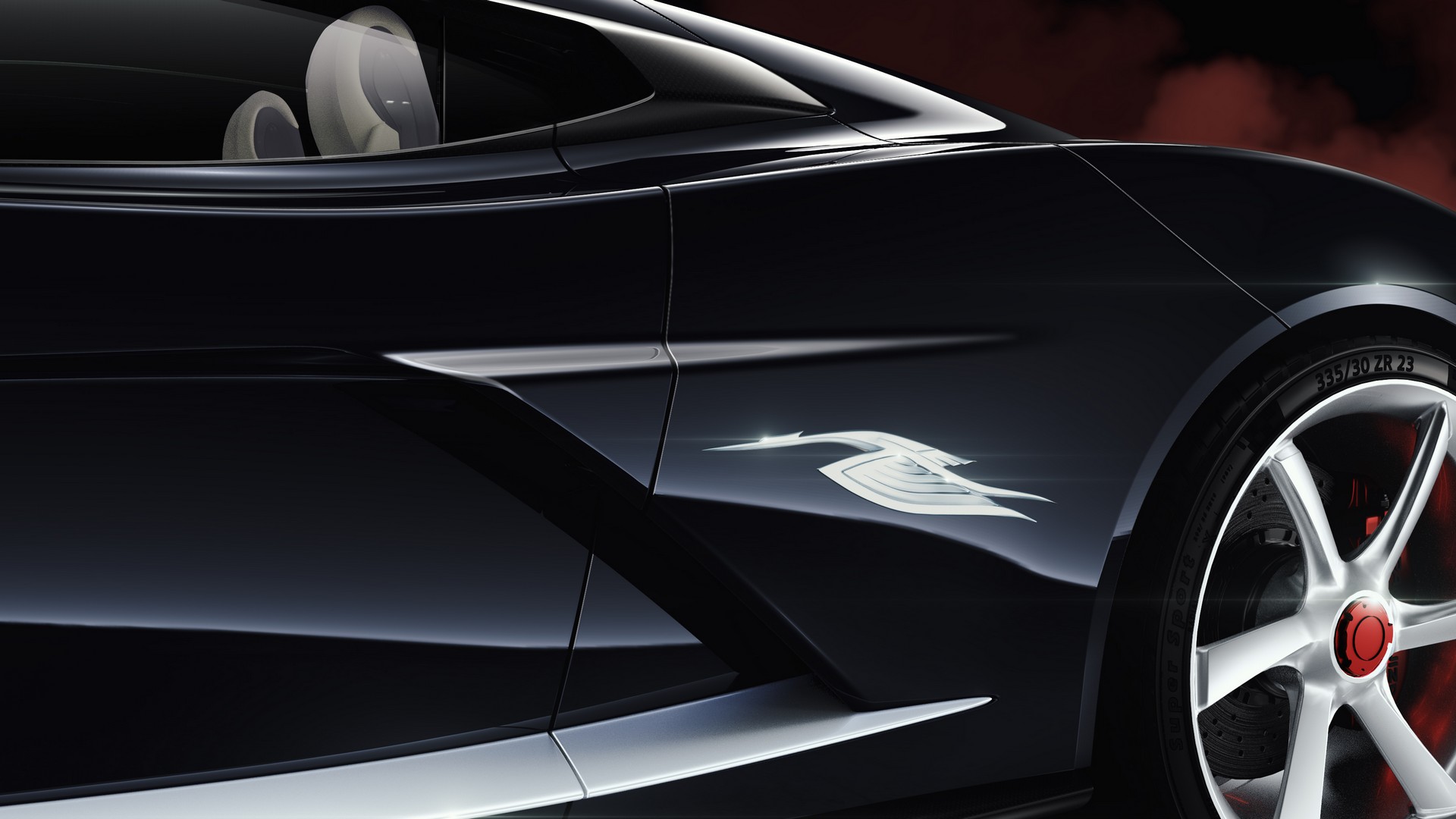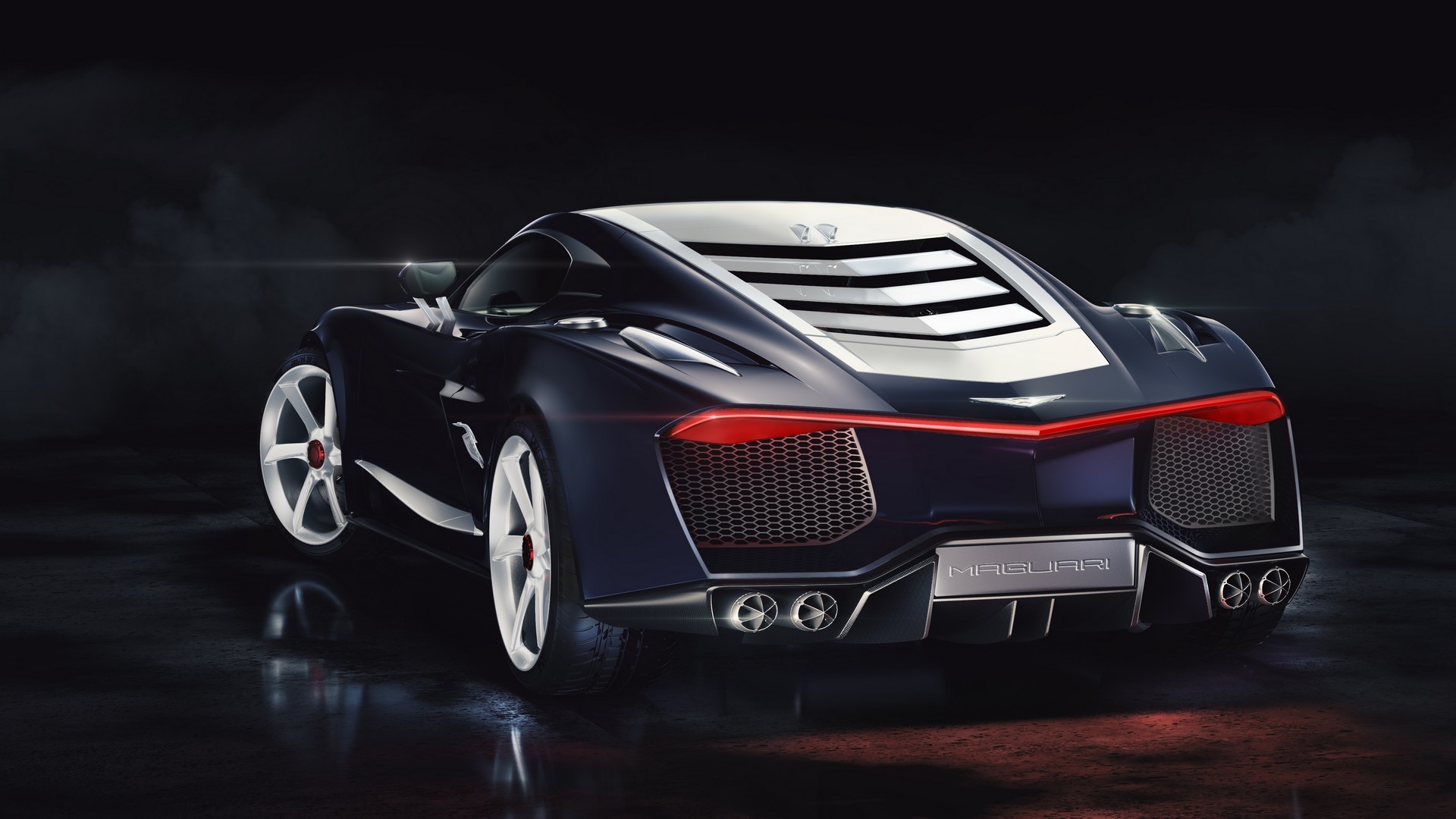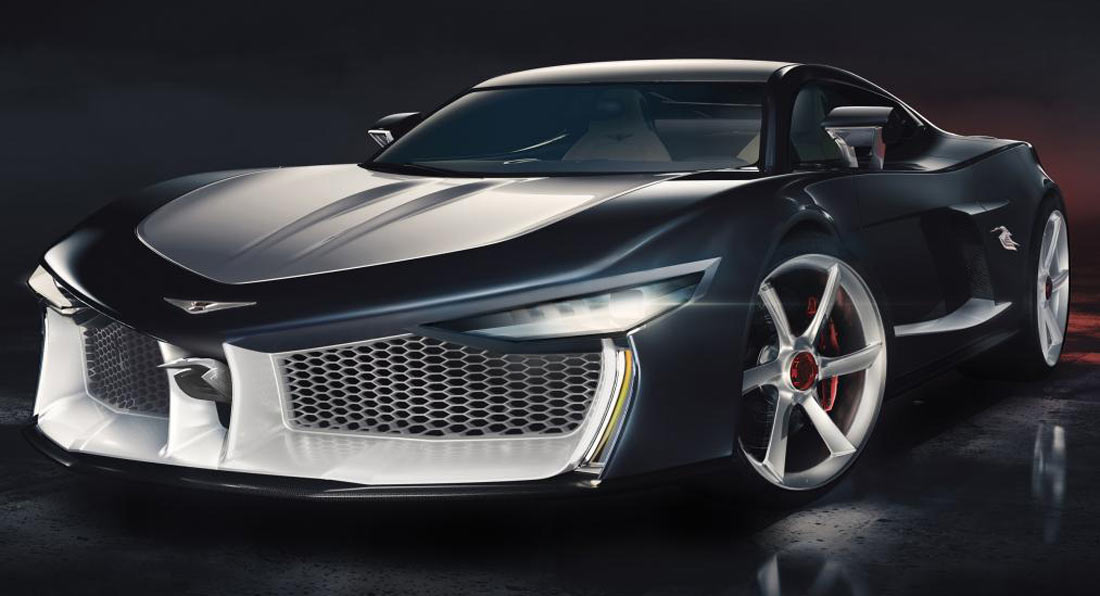Switzerland-based Hispano Suiza Automobilmanufaktur AG, one of the two companies trying to revive the Hispano Suiza name, presented the production version of the Maguari HS1 GTC in a new set of CGIs.
Daniel Baumgartner, Member of the Board at Hispano Suiza Automobilmanufaktur AG told us the production of the Maguary HS1 GTC is going to begin this April. He added that the first production examples will be presented by the fourth quarter of 2022 in Los Angeles and other public and private events in the US (Laguna Seca Raceway), in Europe (Circuit Paul Ricard in France, Goodwood in England), and in the United Arab Emirates (Yas Marina Circuit in Abu Dhabi). As for the first customer deliveries, those are scheduled for the first quarter of 2023.
Last February, there were reports about the bankruptcy of Hispano Suiza Engineering based in Villach, Austria. While this department was associated with the Swiss Hispano Suiza Automobilmanufaktur AG in the past, Daniel Baumgartner confirmed it was the company’s decision to close down its Austrian facilities, moving all development and production to Munich in 2019.
Read Also: (the other) Hispano Suiza Is Officially Back In The USA After Its First Delivery To Michael Fux
The Hispano Suiza Maguari HS1 GTC was first presented in concept form in 2019, following an earlier concept car from 2010. The company initially planned to reveal the final production version in June 2020 at the Petersen Museum in Los Angeles, but the unveiling was canceled due to the pandemic. Despite the difficulties, Hispano Suiza continued the technical development of their supercar alongside preparations for production, with the facilities located in Munich, Germany.
As we can see from the official renderings, the Maguary HS1 GTC has slightly evolved in terms of exterior design. Changes include the different intakes on the front bumper, the demise of the sharp “South American Stork” (Maguari) emblem on the nose most likely to comply with safety regulations, the larger splitter, the smaller mirrors, and the rectangular-shaped quad tailpipes. The model retains the massive center-lock forged alloy wheels with a diameter of 22-inch wheels at the front and 23-inch wheels at the rear, shod in mixed tires (285/35 ZR22 at the front and 335/30 ZR23 at the back).
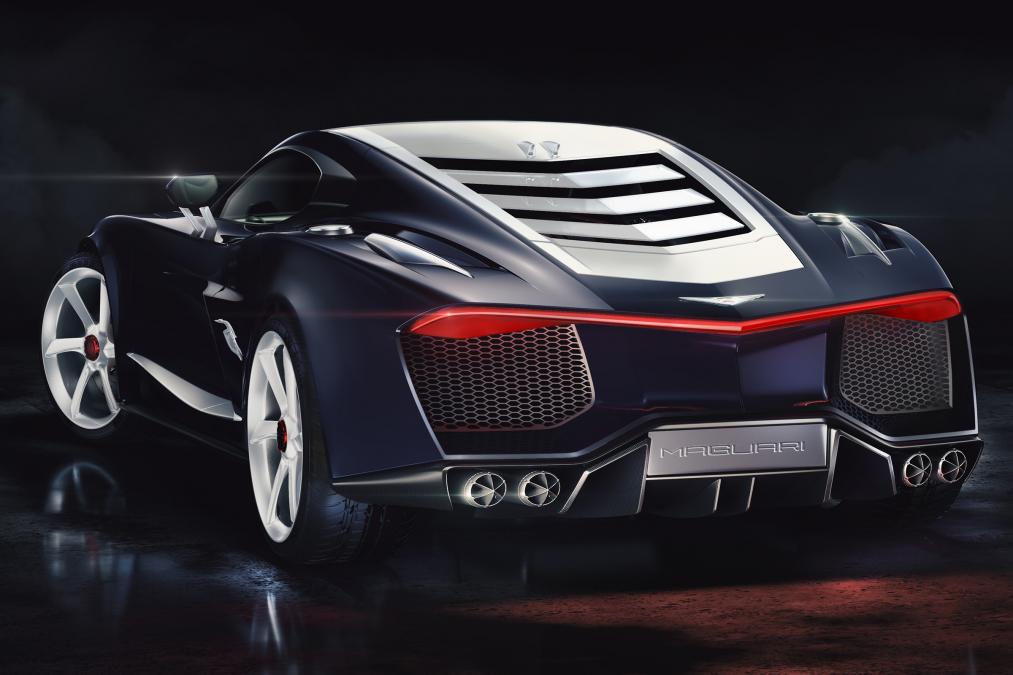
The Maguari HS1 GTC concept car from 2019 (below) versus the slightly updated production version of 2022 (above) as it is appearing in official renderings. Note the differences in the intakes and the quad exhaust pipes.
The supercar is measuring 5,100 mm (200.8 inches) long, 2,100 mm (82.7 inches) wide, and just 1,250 mm (49.2 inches) tall, tipping the scales at 1,890 kg (4,167 lbs). It is based on an aluminum space frame chassis with carbon fiber and aluminum bodywork. The mid-mounted twin-turbo 5.5-liter V10 is producing an impressive 1,184 hp (883 kW / 1,200 PS) and 1,100 Nm (811 lb-ft) of torque, figures that are higher than the concept car. Power is still transmitted to the rear wheels through a seven-speed dual-clutch automatic gearbox.
Hispano Suiza estimates that the Maguari will accelerate from 0-100 km/h (0-62 mph) in under 2.8 seconds. The top speed will be electronically limited to 360 km/h (224 mph), with the actual capability exceeding the 400 km/h (249 mph) mark. The Maguari HS1 GTC will be fitted with carbon-ceramic brakes measuring 440 mm (17.3 inches) all around, featuring six-piston calipers. Last but not least the suspension will have an Active Hybrid Lifting System.
According to the latest press release, the Maguary HS1 GTC will be produced in a limited number of 300 units, over a period of six years with an annual production of 50 vehicles. Hispano Suiza Automobilmanufaktur AG plans on selling the V10-powered supercar in the USA, Europe, the Middle East, and Asia.
Despite the similarities in the name, the Switzerland-based Hispano Suiza Automobilmanufaktur AG is not related to the Spain-based Hispano Suiza that has revealed the Carmen and Carmen Boulogne fully electric supercars.




